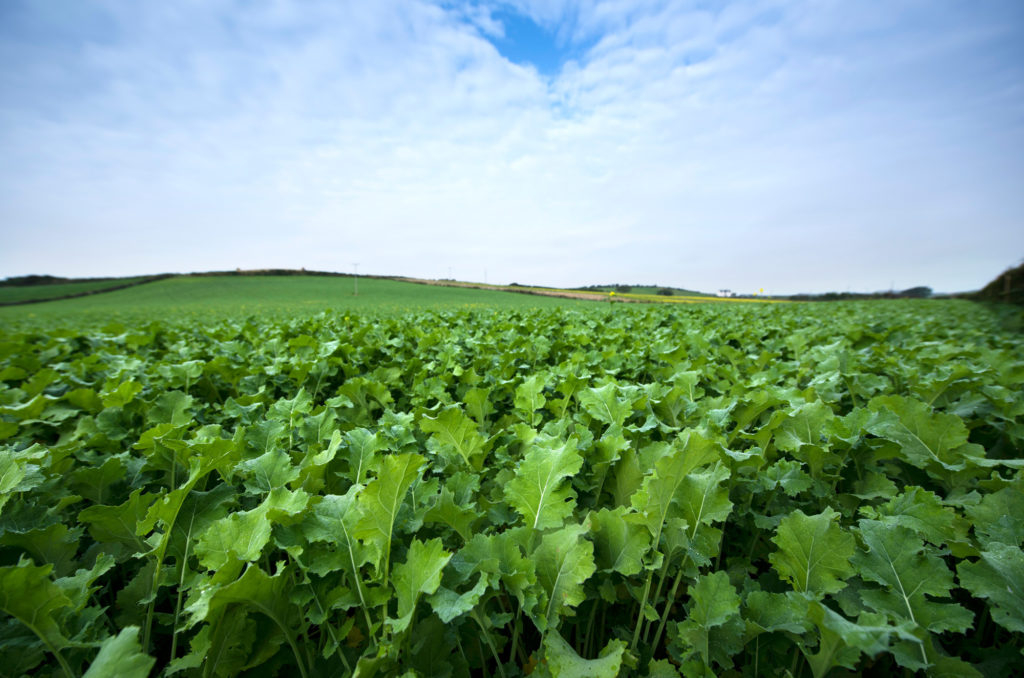Forage Crop Supplementation – Balancing Requirements
21 September 2021Forage crops are good high energy and protein feeds, as shown in the table below. However, depending on the type of forage crop and the livestock’s requirements the protein content may not be sufficient. As shown in the table, the root crops (swedes and fodder beet) have a higher energy content compared to other forage crops but are lower in protein. Therefore, protein supplements may be necessary for stock grazing root crops in late pregnancy when their requirements will be higher.
Grazing fodder beet requires careful management. Maintaining the leaf is important as this contains a higher proportion of protein than the bulb; fodder beet leaf contains 17-21% crude protein (CP) on a dry matter (DM) basis. If grazing a crop without leaf (due to frost kill or previous grazing rounds), protein deficiency is a risk. For this reason, the timing of the breaks and the grazing management is important. For instance, for wintering ewes, if breaks are greater than 3 days, the ewes will be grazing for several days on only the bulbs as they will eat the leaf first. This will result in a protein deficiency and a drop in intakes.
It’s important to have the forage being fed alongside forage crops analysed as this should provide sufficient protein. If it is a grass silage below 11% CP, they may require additional protein. This is particularly important for pregnant stock on swedes and young stock grazing fodder beet.
Nutritional Value of Forage Crops
| Fresh Yield (t/ha) | Dry Matter (%) | Crude Protein (% DM) | Metabolisable Energy (MJ/kg DM) |
|
|---|---|---|---|---|
| Kale | 60 - 75 | 14 - 16 | 16 - 17 | 10 - 11 |
| Rape & hybrids | 24 - 35 | 12 - 13 | 19 - 20 | 10 - 11 |
| Stubble turnips | 40 - 50 | 8 - 9 | 17 - 18 | 11 |
| Swedes | 70 - 90 | 10 - 13 | 10 - 11 | 13 |
| Fodder beet | 80 - 100 | 15 - 23 | 12 - 13 | 12.5 - 13 |
Mary Young, mary.young@sac.co.uk
Sign up to the FAS newsletter
Receive updates on news, events and publications from Scotland’s Farm Advisory Service

